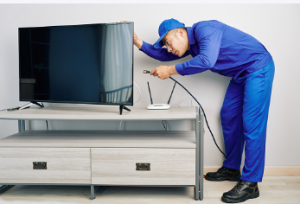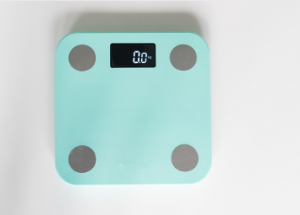Before beginning your television antenna installation, you need to gather the required tools. A compass and a carpenter’s level are essential for orienting the antenna towards transmission towers. These tools will also help you ensure that the mast is level and perfectly vertical. After acquiring these tools, you will be well-equipped to carry out the job. Here are some useful tips for TV antenna installation. You should purchase an all-in-one kit for easy access.
Indoor vs. outdoor tv antenna
 Depending on your needs, indoor vs. outdoor TV antenna installation can be difficult to determine. The most common questions are: do I need an antenna installed? Or do I need to hire an installer? Both options are possible, but indoor antennas tend to be less expensive than outdoor versions. It would always be best if you could also consider your home’s setup before deciding which one is best. For example, an indoor antenna might be the most practical option if you live in a high-rise building. See more here at antennainstallations.com.au.
Depending on your needs, indoor vs. outdoor TV antenna installation can be difficult to determine. The most common questions are: do I need an antenna installed? Or do I need to hire an installer? Both options are possible, but indoor antennas tend to be less expensive than outdoor versions. It would always be best if you could also consider your home’s setup before deciding which one is best. For example, an indoor antenna might be the most practical option if you live in a high-rise building. See more here at antennainstallations.com.au.
Before you install an outdoor TV antenna, consider the orientation of your home and the orientation of the room. A single-story home is easier to install, but apartment buildings may limit what types of antennas are permitted. If you can’t find an appropriate location for an outdoor antenna, install it indoors and make sure you have the proper permissions and tools. Also, avoid magnetic metals, which may interfere with the signal quality.
Signal amplifier
A signal amplifier for TV antenna installation is a device that uses electrical charges to amplify the signals. It must be installed close to the antenna and is usually mast mounted. To install the signal amplifier, you must attach the power supply to the preamplifier and install the TV OUT port on the preamplifier. Next, connect the power injector to the power supply. Next, connect the coax cable to the TV OUT port on the signal amplifier. See more here at antennainstallations.com.au
A signal amplifier boosts the signals before they go to the splitter. The splitter may be a separate device or a combination of the two. If your antenna is located less than ten miles from transmission towers, a preamplifier may hamper reception because it introduces noise into the signal. So, choose the amplifier that can compensate for these losses. Signal amplifiers come in different gain levels, from 12 to 30 dB.
Compass
When setting up a Compass TV antenna installation, there are many things to consider. The first factor you must keep in mind is the type of television you will be watching from the antenna. If you want to watch TV shows in the city, you can download a compass app for your smartphone to help you determine broadcast towers. You can also find the towers closest to you by using your compass. You may also want to use a walkie-talkie to communicate with your installer.
Another thing to consider is the type of mast you will need. Some masts have built-in connections that make them long-lasting and convenient for extended runs. If you are unsure of your Ture North, you can use your smartphone’s compass app to determine it. Alternatively, you can use a landmark to confirm it. For long-range outside runs, you can purchase a quad shield cable. Also, it would be of great help if you used a heavier copper wire for the ground wire.
Mounting a tv antenna in the attic
You should follow a few steps in mounting a TV antenna in the attic. First, to avoid tripping, you should ensure the attic floor is dry and free of debris. If possible, get aboard to place across the joists. If you are using PVC pipe, purchase a swivel mount. Be sure to select one with the right diameter. If using guy wires, choose galvanised steel. See more here at antennainstallations.com.au
You should measure the attic space before installing the antenna. Once you have the dimensions, you should test the signal from the TV by using a walkie-talkie or by using FaceTime. If the reception is not good, you may have to use a higher gain antenna or use a pre-amplifier. It’s imperative to remember that chance plays a major role in the reception of a TV antenna. If you are not getting clear reception in the attic, move the antenna to the rooftop.
 An Instrument Choice digital scale has several benefits, including accuracy, convenience, and versatility. Some of the company’s models include the PCE-EPS 40 compact scale, which can be used for platform or package weighing. In addition, its LCD provides easy readings. Another option is the PCE-BS 300 compact table scale, which offers 0.001 g resolution and a detachable stainless steel weighing plate.
An Instrument Choice digital scale has several benefits, including accuracy, convenience, and versatility. Some of the company’s models include the PCE-EPS 40 compact scale, which can be used for platform or package weighing. In addition, its LCD provides easy readings. Another option is the PCE-BS 300 compact table scale, which offers 0.001 g resolution and a detachable stainless steel weighing plate.